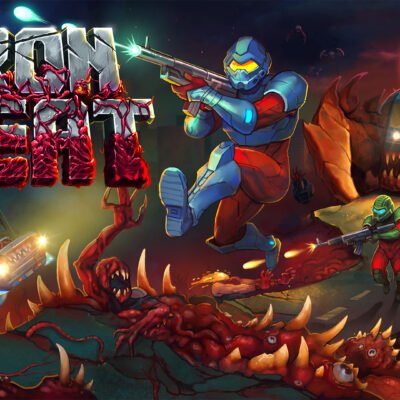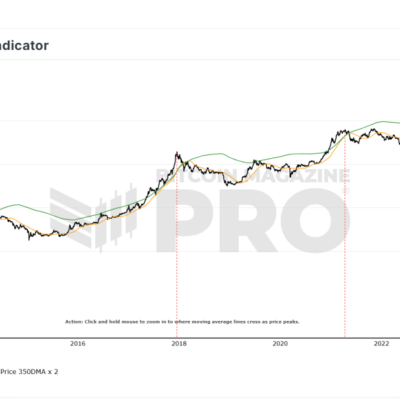
Blushing chickens
People — humans — blush. Chickens aren’t entirely inhuman in that they, too, show emotions on their facial skin. Delphine Soulet at the University of Tours, France, and colleagues have explored how skin redness might be a reliable indicator of “the affective states of hens”. Reader Frédéric Darboux brought the project to Feedback’s attention.
This is the story, to the extent it is a story, of six hens in a wooded outdoor range covered with grass. They had free access to a hen house and to as much water and feed as they wanted, whenever they wanted it.
This is a story, also, that was essentially a reality TV programme. The chickens were given no script to follow. But they were placed in situations that almost forced them to react in ways that would induce compelling video viewing.
The adventure stretched over three consecutive summer weeks. Among the main events: a “Capture Test” that involved “individual hens being caught by the experimenter, who restrained the wings with two hands”. The hens also found themselves involved in a “Rewarding Test” that involved a glass dish containing mealworms and wood shavings “placed in the middle of the test arena”.
The researchers captured video of “calm states”: resting, preening or feeding. Other footage showed “exciting and rewarding states”: dustbathing and exposure to mealworms. Inevitably, there were also “fear-related states”, most notably seen in the Capture Test.
The colourful data came from a process of “extracting redness from still frames from hen profiles”. In the old days, before digital technology was available for chicken-emotion research, this might have been a matter of subjective artistic appraisal. The 2020s method removes human emotion from that aspect of the data gathering. Electronic video processing extracted “the mean red (R), blue (B), and green (G) values for each bare skin region of the hen face (comb, cheek, ear lobe and wattle)”.
After analysing the data from the videos, the scientists reached a conclusion as to when the chickens had blushed most strongly. The hens, says the final report, “exhibited the highest degree of facial skin redness in negative situations of high arousal”.
Eclectically smectic
If, somehow, your interests are eclectic and you are cathectic (but not apoplectic) about exploring words that rhyme with dialectic, try “smectic” – as in the title of the study “Smectic and soap bubble optofluidic lasers“.
Written by Zala Korenjak and Matjaž Humar in a journal with the intriguing name Physical Review X, that paper explains how it doesn’t take much to make a soap bubble become a laser.
Or, for a mildly jolly burst of melancholy, reach back to 1987 for P. Oswald’s treatise in Journal de Physique, “Dynamics of collapse of a smectic bubble“.
Tending towards entropy
Physics often gets portrayed as a field so abstruse that most people can’t understand or directly use it. A new study called “The principle of entropy increase: A novel view of how tourism influences human health” shows how wrong some people feel that notion might be.
The researchers write: “The principle of ‘entropy increase’ is a universal law describing a natural progression from order to disorder. This paper is innovatively the first to take the principle as a theoretical basis for assessing how tourism influences human health from a sociomateriality perspective”.
Back in 2000, a collaboration between physicists in Italy, Brazil and the US tried to make sense of a different and borderline-unruly aspect of the concept of entropy increase. They published a paper called “The rate of entropy increase at the edge of chaos“.
Tourism professionals both do and don’t like tourism to happen at the edge of chaos: they do for the excitement, but don’t for the danger, the danger being both corporeal and financial. Too much entropy over too short a period could intensify both kinds of danger.
A press release about the new tourism research does note that “Entropy is classified as the general trend of the universe towards death and disorder”. But other than that, the press release accentuates the positive. It says: “For the first time, an interdisciplinary study has applied the theory of entropy to tourism, finding that travel could have positive health benefits, including slowing down the signs of ageing.”
In theory – in this theory – people might believe that principles of physics, adroitly deployed, can help a person delay seeing wrinkles. Raise this to a literary plane, Feedback muses, and it becomes a reminder to read Madeleine L’Engle’s sci-fi novel A Wrinkle in Time.
That book’s plot involves travel. That book’s publication was reputedly delayed by publishers’ indecision as to whether the story was meant for adults or children.
Pointy reckoning
A couple more additions to Feedback’s collection of conversation-starting titles of research papers.
“Sword swallowing and its side effects” gave incisive knowledge to subscribers of BMJ in 2006, while “Estimation of the total saliva volume produced per day in five-year-old children” supplied some fast and, in some respects, hard numbers to readers of the Archives of Oral Biology in 1995.
Got a story for Feedback?
You can send stories to Feedback by email at feedback@newscientist.com. Please include your home address. This week’s and past Feedbacks can be seen on our website.




